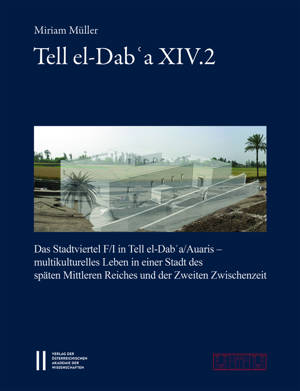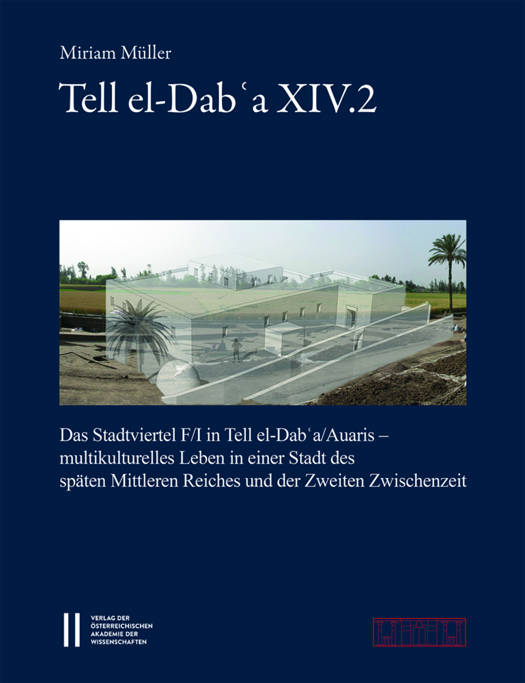
- Afhalen na 1 uur in een winkel met voorraad
- Gratis thuislevering in België vanaf € 30
- Ruim aanbod met 7 miljoen producten
- Afhalen na 1 uur in een winkel met voorraad
- Gratis thuislevering in België vanaf € 30
- Ruim aanbod met 7 miljoen producten
Zoeken
Tell El-Dab'a XIV.2
Miriam Muller
Paperback | Engels, Duits | Untersuchungen der Zweigstelle Kairo des Österreichischen Archäologischen Instituts | Denkschrift der Gesamtakademie | nr. 41
€ 335,95
+ 671 punten
Omschrijving
This volume is the result of a comprehensive analysis of one of Tell el-Dab?a's residential areas, the ancient Avaris, one of the largest cities of the Eastern Mediterranean in the second millennium BCE. The presentation of the domestic architecture and material culture aims at reconstructing the socio-economic setting of one neighborhood (F/I) of the site and its inhabitants. On the basis of the theoretical foundations and methodological considerations from the field of household archaeology, this study paints a vivid picture of daily life in a borderland of Egypt in the late Middle Kingdom and early Second Intermediate Period (ca. 1770-1650 BC). The archaeological evidence for household life cycles and generational change gives a rare insight into the development of such a borderland society with mixed cultural backgrounds. With its seaport, the site eventually became an important hub in the trade exchange and commerce of the Eastern Mediterranean. The development from a formerly egalitarian society into one with a hierarchical structure is a rare example of settlement dynamics in Egypt. This publication thus contributes another piece of the puzzle helping to uncover the historical and political setting of a site that played a decisive role as the capital of the Hyksos dynasty. This study reveals the multicultural environment in this important centre at the crossroads of Egypt, the Eastern Mediterranean and the wider Near East.
Specificaties
Betrokkenen
- Auteur(s):
- Uitgeverij:
Inhoud
- Aantal bladzijden:
- 560
- Taal:
- Engels, Duits
- Reeks:
- Reeksnummer:
- nr. 41
Eigenschappen
- Productcode (EAN):
- 9783700188940
- Verschijningsdatum:
- 9/10/2023
- Uitvoering:
- Paperback
- Formaat:
- Trade paperback (VS)
- Afmetingen:
- 237 mm x 36 mm
- Gewicht:
- 789 g

Alleen bij Standaard Boekhandel
+ 671 punten op je klantenkaart van Standaard Boekhandel
Beoordelingen
We publiceren alleen reviews die voldoen aan de voorwaarden voor reviews. Bekijk onze voorwaarden voor reviews.











